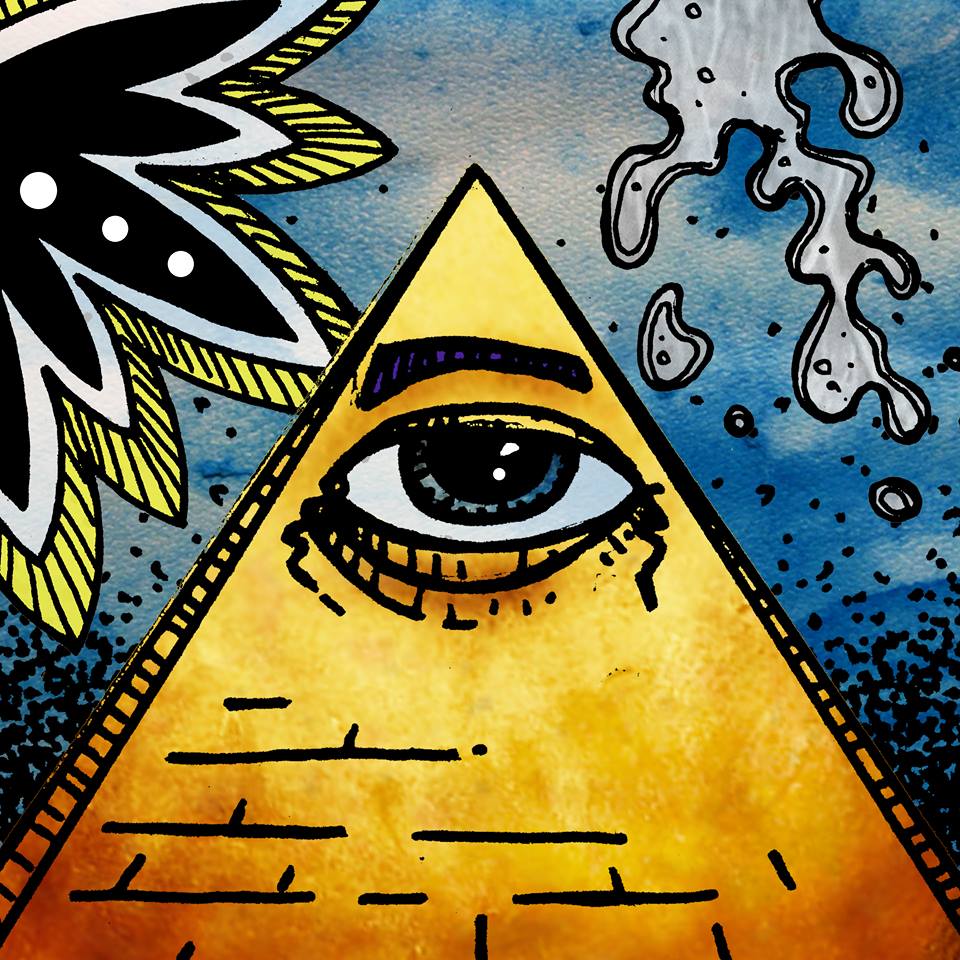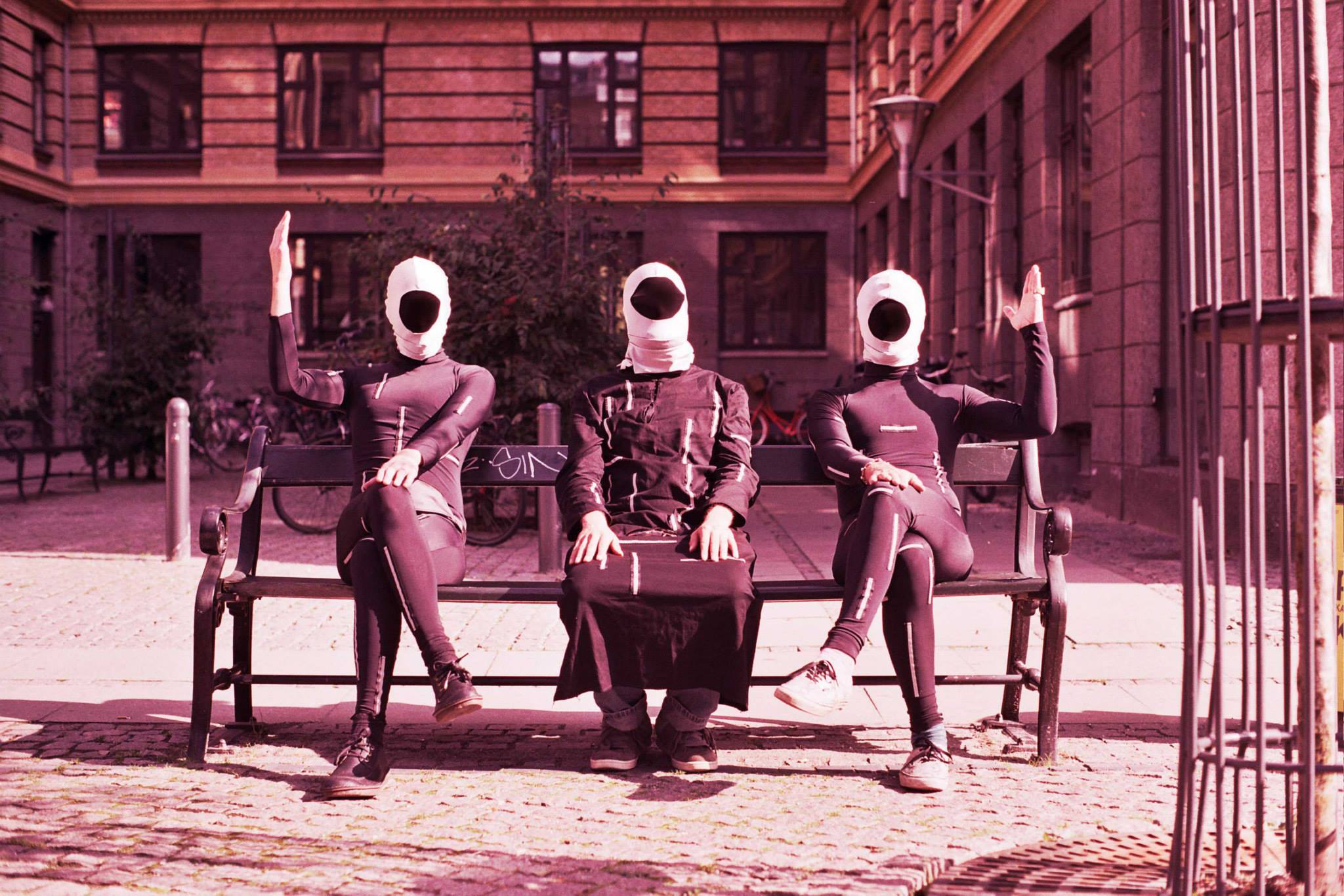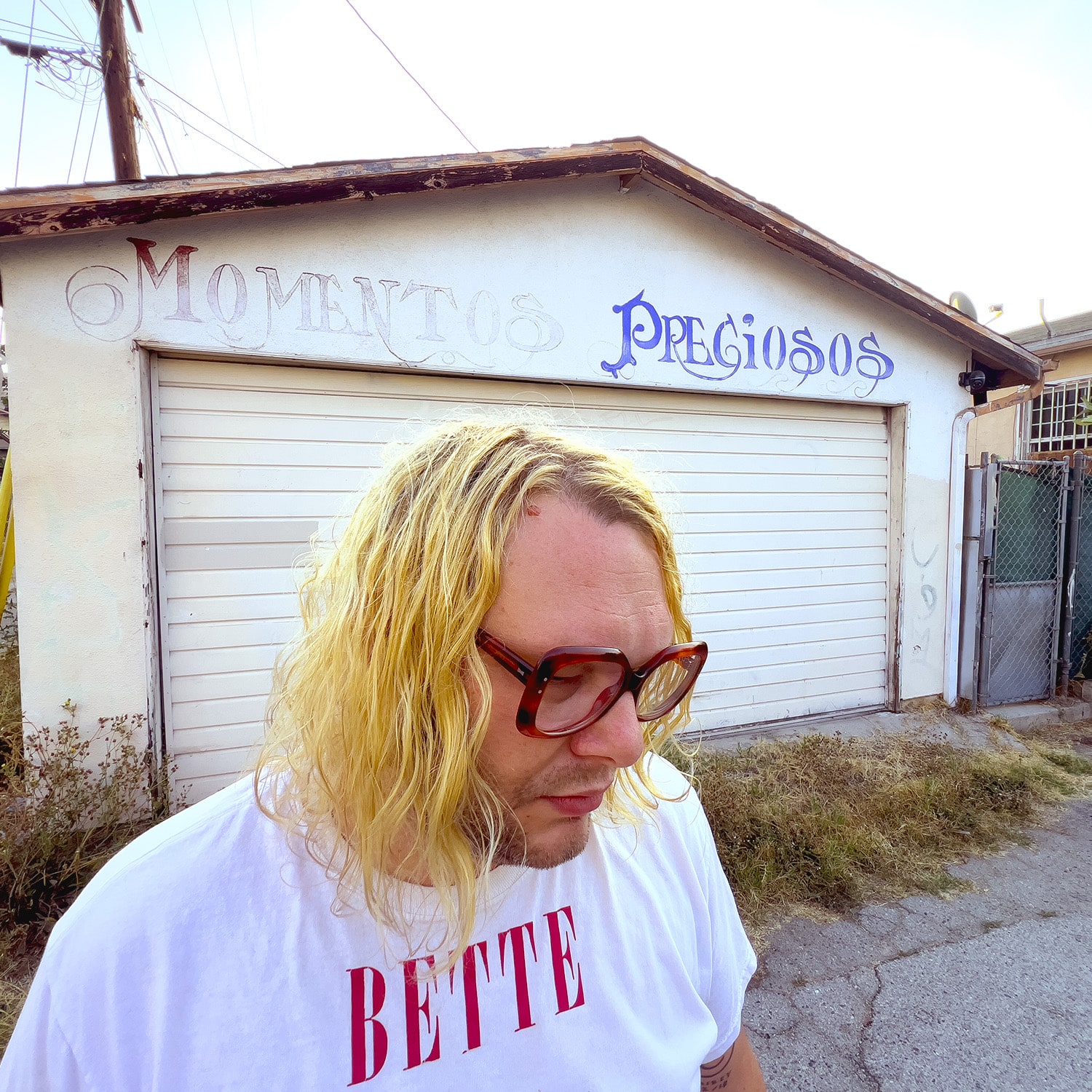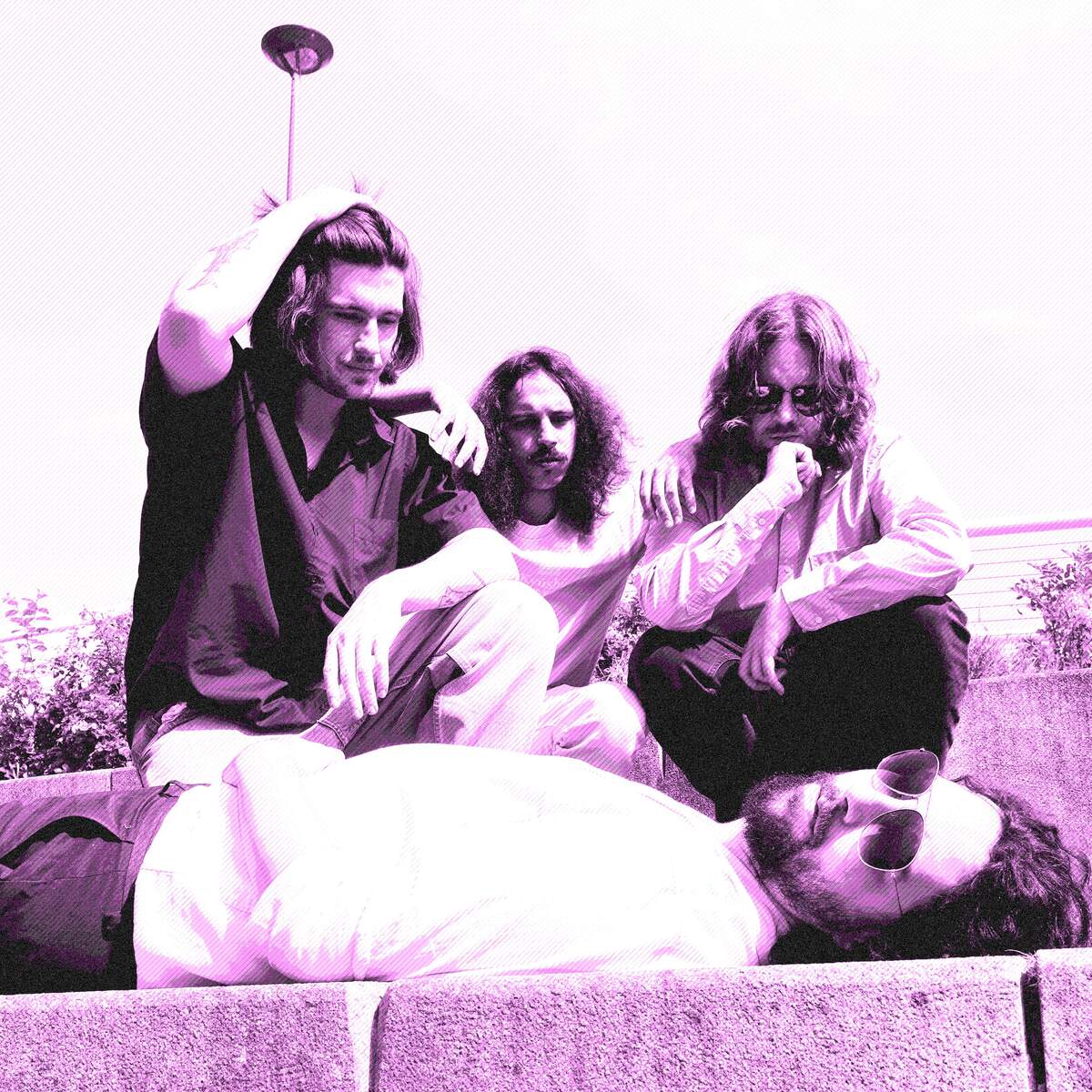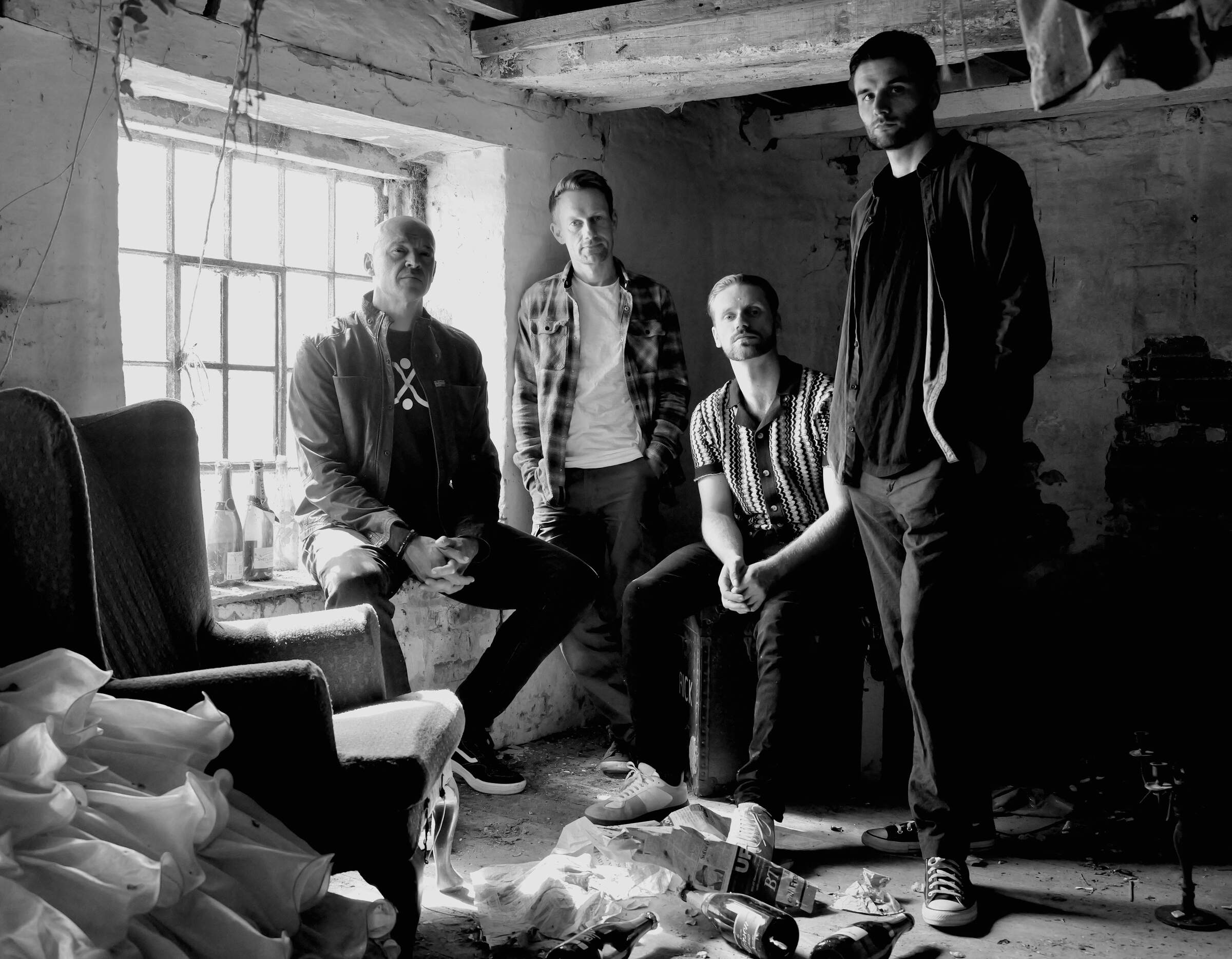Barberos | Interview | The Majority of Our Heroes Are From the DIY Scene
Barberos, a trio from Liverpool, have been making their own space in the world of progressive electronic and noise music since their debut in 2008.
Their sound is a blend of poly-rhythmic, tribal beats and mathy jazz-core… an immersive experience that thrives on intensity and unpredictability. With two drummers, synthesizers, and effected vocals, their performances are a force of nature, as chaotic as they are precise. It’s not just the music though; their live shows are a full-on sensory overload, combining pulsating sound with striking visuals to create an all-encompassing experience.
Since hitting the stage over a decade ago, Barberos have been touring non-stop, bringing their wild sets to the UK, Europe, Scandinavia, the Baltics, and even Russia. Along the way, the band’s members have dabbled in a wide array of musical projects, including Stig Noise, a.P.A.t.T., Stealing Sheep, and Union Jacques. It’s no wonder their sound keeps evolving, driven by constant collaboration and fresh influences.
Their live sets have seen them share stages with the likes of avant-garde legends like Charles Hayward (This Heat), Melt-Banana, and Tim Exile. With such a diverse and restless approach to music, Barberos aren’t afraid to throw conventions out the window.
“The majority of our heroes, are from the DIY scene.”
Barberos’ performances are a whirlwind of visuals, costumes, and intense energy. What inspired you to incorporate these theatrical elements into your live shows?
Early on, we were big fans of other bands mixing loud, complicated, great music with wild theatrics—The Locust and others. The fact is, we think music is consumed with the eyes and experienced with the full body. In the first years, we toured with someone doing live visuals. It was always about immersing the audience into more than just a gig.
Your music spans a wide range of genres—jazz, noise, dub, breakcore, and beyond. How do you approach blending such diverse influences into a cohesive sound?
I’m glad you think it’s cohesive! We just write, and this is what comes out. We have some overlap in terms of influences, but mostly, each one of us has very different backgrounds in music.
The lineup of two drummers and synthesizers is unconventional. What drew you to this setup, and how does it shape your creative process?
We actually started as THREE drummers, synths, and live visuals. We were all at the right time and place, and it felt like a weird, fantastic thing to try. We tried it, and it worked. A lot of the songwriting is based on math and counting and trying out weird, unusual stuff. Sometimes we start with two different beats and just play them at the same time, counting when they join up. Then the synths follow one drummer for a bit, then the other. Other times, we work the other way around. For example, ‘Concerto (Reprise)’ was written for piano solo, and we arranged it for the full band.
Touring relentlessly since 2008, you’ve performed across Europe, Scandinavia, the Baltics, and even Russia. What’s the most unforgettable experience you’ve had on the road?
There are too many: Playing two gigs a night at a poster stand at Primavera Sound in Barcelona, catching the night train from Moscow to St. Petersburg after a gig at a small studio in the capital. All we had for sustenance for the train journey was two bottles of vodka. Climbing around a disused Soviet sports and leisure construction in Vilnius in full costume during the Lithuanian winter for our album cover.
You’ve shared stages with avant-garde icons like Charles Hayward, Melt-Banana, and Tim Exile. How have these collaborations and performances influenced your sound?
We have, yes! Charles Hayward has been a huge influence on us both musically (This Heat are one of our favourite bands) and also his amazing attitude and work ethic. We were lucky enough to tour twice with him, and his knowledge and guidance have been inspirational to us over the years.
It’s always a privilege to share the stage with bands you respect and love—especially older generations of artists who have retained and championed the DIY method of existing and operating in a pretty gnarly industry.
Many of you are involved in other projects like Stig Noise, a.P.A.t.T., and Stealing Sheep. How do these experiences feed into Barberos, and vice versa?
We all collaborate with a multitude of artists—playing in various bands, etc. It’s really important to work with a lot of people and take influence and inspiration from them. You always learn different things by working with different people. So much of making music and operating as a band is based on trial and error, and you can use that experience to keep trying to do better!
Your music is deeply rhythmic, almost tribal at times. What’s your relationship with rhythm as a central force in your compositions?
Having the band centred around two drummers means rhythm is often the basis of our compositions. Our songs are often built in blocks, starting with a beat or a pattern on the drums. We have always aimed to bring the drums to the forefront of the music—almost playing melodies like duelling guitars would do in a more typical rock band.
The costumes you wear during performances add an otherworldly layer to your shows. How did the idea for these outfits come about, and what do they symbolize?
Haha—it basically started off as a bit of a joke—the spandex, I mean. We always wanted to incorporate visual elements into our show from the very beginning. We had live visuals and had the idea that we would play in white suits while being projected onto. We then played with an amazing band from Glasgow called Take A Worm For a Walk Week—they wore black spandex bodysuits, and we got really obsessed with the spandex aesthetic. We had our first silver suits made for free by a Dutch fetish company that we managed to get to sponsor us—in exchange for us advertising his shop on our website and artwork, etc.—Lycrashop.nl. Lovely fella!
Being based in Liverpool, a city with such a rich musical history, how does your environment influence the way you create?
In our early days in the city, there were loads of disused spaces in the center of town. A group of artists managed to make use of a lot of these spaces, running exhibitions and parties. We became friends with them and ended up playing a lot of these parties. We really honed our craft in that time—having very little overhead and loads of places to play—it was a really great creative time!
Over the years, you’ve worked with various collectives and labels like UPITUP Records. How important is the DIY ethos in what you do?
It’s integral, really. We’ve never been interested in working with big labels (not that we make music that any big labels would ever consider putting out!). The majority of our heroes, as I mentioned before, are from the DIY scene. We’ve always been very passionate about doing things our own way and maintaining complete creative control over what we do.
Would love it if you could share some words about your album and the concept and ideas behind it.
The album is a culmination of many years of hard work. We wrote the music in between tours over the course of about 5 years—writing the basis of a tune and then refining it through touring. I wouldn’t say there’s an overarching concept behind it; it’s more of a milestone, a document of that period of the band.
Your live performances are high-energy and immersive, but how does that translate when you’re in the studio? Do you approach recording differently?
It has been a challenge to replicate the energy of our live shows in the studio in the past. Being a visual band that aims to immerse our audience in the show as much as possible, it can be tough to strip away the visual elements and just focus on audio. We’ve been very lucky to work with some amazing producers who have helped us achieve the power of the live show, namely Ste Cole from What Studio, Simon Knighton, and Snorre Bergerud.
This album was the first time we took a more experimental approach to recording. Previously, we have recorded the pieces as they are played live with the instruments we use live. The studio we recorded our album in (Ymir Audio in Vilnius) has a massive collection of synthesizers, drum kits, pedals, and FX units we were able to play around with. This gave us the chance to experiment with some different sounds and vibes than our usual. There are sounds on that album we’d never be able to replicate live, and we’re quite happy with that, really!
After 15 years of relentless touring and experimentation, how has the Barberos sound evolved since your debut in 2008?
We’ve had some members of the band leave and others come back. Our music has always been a sum of our various influences, so naturally, the sound has evolved with changing members. We’ve also grown up a lot and had all the life experiences you’d expect a group of people in their late 30s to have had—relationships, kids, etc. All of which alters your perspective and influences the way you create and interact with each other.
Looking ahead, what excites you most about the future of Barberos? Any upcoming projects or collaborations fans should watch out for?
Well, we’re on an extended hiatus at the moment as we’ve all got kids, jobs, and life commitments. We’re not shutting the door on the band, though—there will be more one day!
What are you currently listening to? Would love to hear about some of your latest favorite records…
I don’t know about anything particularly new, to be honest, haha. I love this new project from members of the Irish band Lankum—OXN. I saw them at a festival in August and have listened to the album almost every day since.
I’m listening to Cardiacs right now—an incredible band.
The last 3 records I bought were DEUX – ‘Decadence,’ OXN – ‘Cyrm,’ and Mohammad Syfkhan – ‘I Am Kurdish’—all total bangers!
I’ve also been listening to Cheer Accident a whole bunch recently.
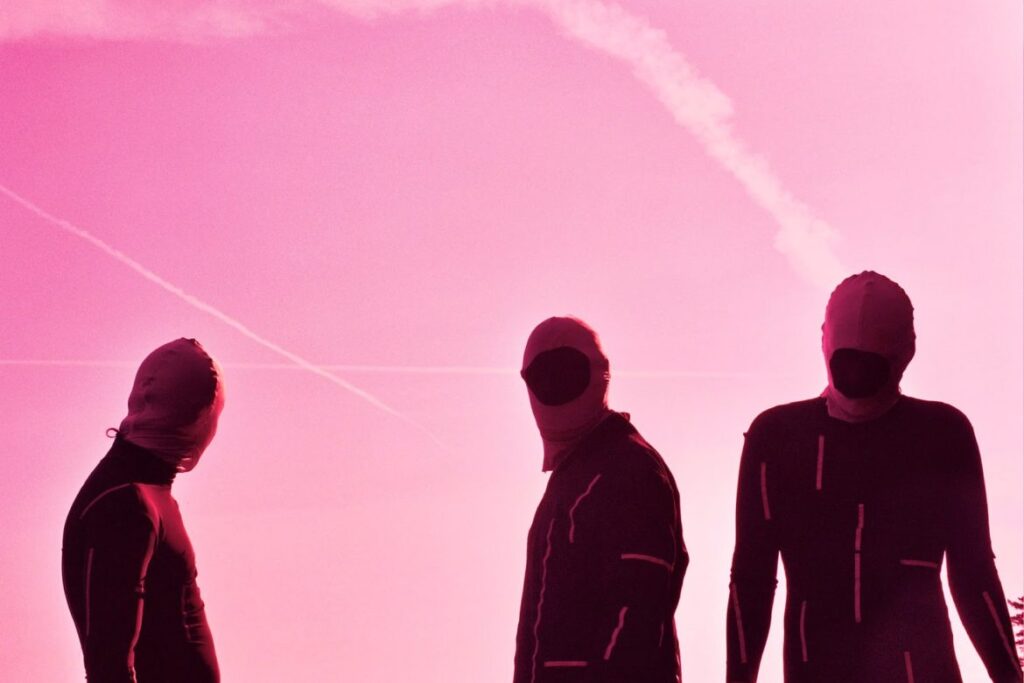
Thank you for taking your time. The last word is yours…
Thanks a lot! I don’t know if I have much more to add!
Klemen Breznikar
Barberos YouTube
Offset Records Website / Facebook / Instagram /Bandcamp
